Refine search
Actions for selected content:
13588 results in History of science and technology
E.B. Tylor, religion and anthropology
-
- Journal:
- The British Journal for the History of Science / Volume 46 / Issue 3 / September 2013
- Published online by Cambridge University Press:
- 15 March 2012, pp. 467-485
- Print publication:
- September 2013
-
- Article
- Export citation
V.I. Vernadskii and the development of biogeochemical understandings of the biosphere, c.1880s–1968
-
- Journal:
- The British Journal for the History of Science / Volume 46 / Issue 2 / June 2013
- Published online by Cambridge University Press:
- 15 March 2012, pp. 287-310
- Print publication:
- June 2013
-
- Article
- Export citation
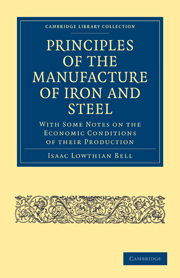
Principles of the Manufacture of Iron and Steel
- With Some Notes on the Economic Conditions of their Production
-
- Published online:
- 05 March 2012
- Print publication:
- 23 December 2010
- First published in:
- 1884
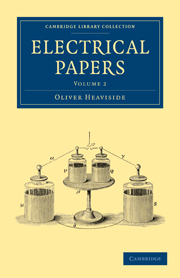
Electrical Papers
-
- Published online:
- 05 March 2012
- Print publication:
- 16 June 2011
- First published in:
- 1892
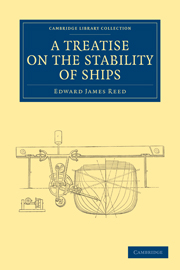
A Treatise on the Stability of Ships
-
- Published online:
- 05 March 2012
- Print publication:
- 23 December 2010
- First published in:
- 1885
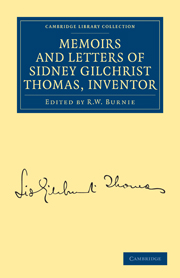
Memoirs and Letters of Sidney Gilchrist Thomas, Inventor
-
- Published online:
- 05 March 2012
- Print publication:
- 19 May 2011
- First published in:
- 1891
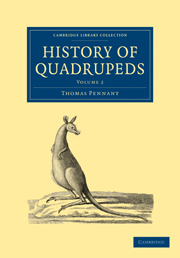
History of Quadrupeds
-
- Published online:
- 05 March 2012
- Print publication:
- 20 July 2009
- First published in:
- 1793

Life of Richard Trevithick
- With an Account of his Inventions
-
- Published online:
- 05 March 2012
- Print publication:
- 20 January 2011
- First published in:
- 1872
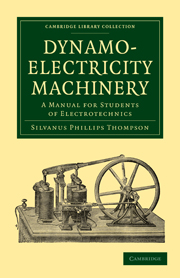
Dynamo-Electricity Machinery
- A Manual for Students of Electrotechnics
-
- Published online:
- 05 March 2012
- Print publication:
- 19 May 2011
- First published in:
- 1888

Life of Richard Trevithick
- With an Account of his Inventions
-
- Published online:
- 05 March 2012
- Print publication:
- 20 January 2011
- First published in:
- 1872

History of Quadrupeds
-
- Published online:
- 05 March 2012
- Print publication:
- 20 July 2009
- First published in:
- 1793
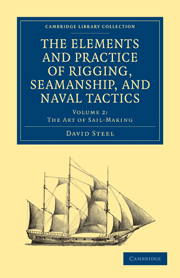
The Elements and Practice of Rigging, Seamanship, and Naval Tactics
-
- Published online:
- 05 March 2012
- Print publication:
- 20 January 2011
- First published in:
- 1809
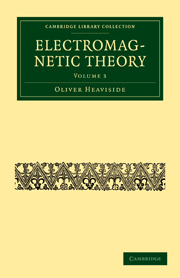
Electromagnetic Theory
-
- Published online:
- 05 March 2012
- Print publication:
- 02 June 2011
- First published in:
- 1912
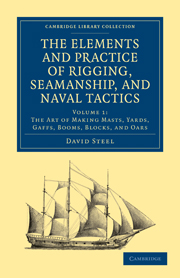
The Elements and Practice of Rigging, Seamanship, and Naval Tactics
-
- Published online:
- 05 March 2012
- Print publication:
- 20 January 2011
- First published in:
- 1800
BJH volume 45 issue 1 Cover and Back matter
-
- Journal:
- The British Journal for the History of Science / Volume 45 / Issue 1 / March 2012
- Published online by Cambridge University Press:
- 27 February 2012, pp. b1-b3
- Print publication:
- March 2012
-
- Article
-
- You have access
- Export citation
Daniela Bleichmar and Peter C. Mancall (eds.), Collecting across Cultures: Material Exchanges in the Early Modern Atlantic World. Philadelphia: University of Pennsylvania Press, 2011. Pp. xvi+361. ISBN 978-0-8122-4305-5. £32.50 (hardback).
-
- Journal:
- The British Journal for the History of Science / Volume 45 / Issue 1 / March 2012
- Published online by Cambridge University Press:
- 27 February 2012, pp. 128-129
- Print publication:
- March 2012
-
- Article
- Export citation
Alfred I. Tauber, Freud, the Reluctant Philosopher. Princeton and Oxford: Princeton University Press, 2010. Pp. xx+318. ISBN 978-0-691-14552-5. $24.95 (paperback).
-
- Journal:
- The British Journal for the History of Science / Volume 45 / Issue 1 / March 2012
- Published online by Cambridge University Press:
- 27 February 2012, pp. 140-141
- Print publication:
- March 2012
-
- Article
- Export citation
Peter R. Anstey, John Locke and Natural Philosophy. Oxford: Oxford University Press, 2011. Pp. xii+252. ISBN 978-0-19-958977-7. £35.00 (hardback).
-
- Journal:
- The British Journal for the History of Science / Volume 45 / Issue 1 / March 2012
- Published online by Cambridge University Press:
- 27 February 2012, pp. 129-130
- Print publication:
- March 2012
-
- Article
- Export citation
B. Ricardo Brown, Until Darwin: Science, Human Variety and the Origin of Race. London: Pickering & Chatto, 2010. Pp. ix+199. ISBN 978-1-84893-100-8. £60.00 (hardback).
-
- Journal:
- The British Journal for the History of Science / Volume 45 / Issue 1 / March 2012
- Published online by Cambridge University Press:
- 27 February 2012, pp. 135-136
- Print publication:
- March 2012
-
- Article
- Export citation
David A. Kirby, Lab Coats in Hollywood: Science, Scientists, and Cinema. Cambridge, MA and London: MIT Press, 2011. Pp. xiv+265. ISBN 978-0-262-01478-6. £20.95 (hardback).
-
- Journal:
- The British Journal for the History of Science / Volume 45 / Issue 1 / March 2012
- Published online by Cambridge University Press:
- 27 February 2012, pp. 146-148
- Print publication:
- March 2012
-
- Article
- Export citation
